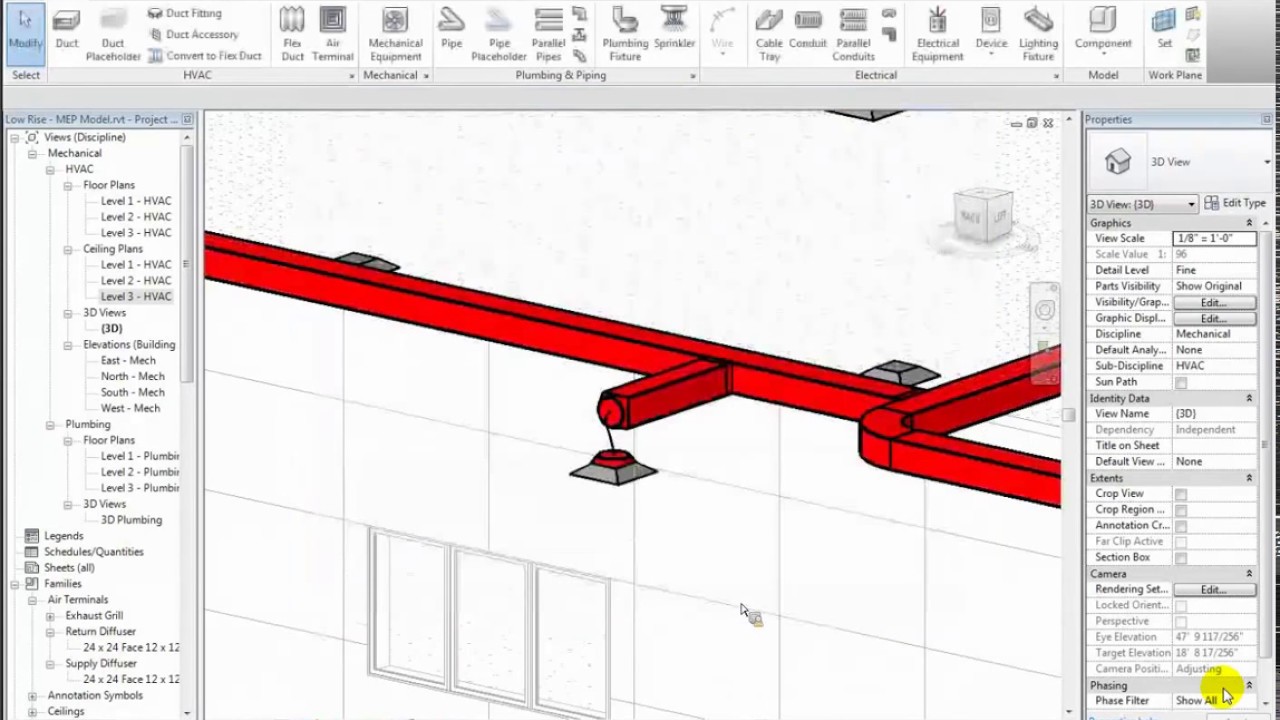

- #Revit autodesk quantity takeoff how to#
- #Revit autodesk quantity takeoff pdf#
- #Revit autodesk quantity takeoff manual#

Instead, Autodesk Takeoff can easily quantify an entire Revit model.
#Revit autodesk quantity takeoff how to#
However, estimators typically don’t know how to use Revit.
#Revit autodesk quantity takeoff manual#
Estimators have been doing manual takeoffs for years.īut what if you have a data rich model like a model from Revit? We can easily get quantities from a Revit schedule.
#Revit autodesk quantity takeoff pdf#
Unfortunately, data from modeling programs don’t translate to PDF documents. The estimator is required to look at the line and then associate that with an object type like a wall, floor or a pipe. If you touch a line in a PDF, you don’t know what it is. How do they work? Well, you open a 2D PDF sheet and start manually counting shapes, tracing lines, outlining areas, and calculating volumes. There are many quantification programs that have been around for many years, and two or three are more commonly used. Autodesk Takeoff can access the same common data environment used by Docs, BIM Collaborate Pro, BIM Collaborate, and Autodesk Build. This is where QTO was lacking ten years ago and where Autodesk Takeoff comes in. We have the ACC! If my designers, fabricators and contractors can access models in the cloud, it only makes sense for Autodesk to create Autodesk Takeoff, which can access the same information used by everyone else. Forget email, FTP, online share file services. In a truly collaborative environment, models from design teams flow seamlessly from design to fabrication to construction and finally to the owner. Integrations allow data to flow across all stages of construction and between products, including Assemble, BIM 360, BuildingConnected, PlanGrid, and Pype. There are two main points that I think separate Autodesk Takeoff from every other takeoff tool in the industry: the seamless integration with Autodesk Construction Cloud and seamless integration with 2D drawings and 3D models.ĪCC is a cloud-based construction management and collaboration solution.

Now that we understand the difference between takeoff and estimating, let’s dive a little deeper into the benefits of Autodesk Takeoff. In case you did not hear, at Autodesk University last year it was announced that “Autodesk Takeoff aids collaboration, speed and accuracy during the estimation process.” This is true, but see how easy it is to confuse Autodesk Takeoff as an estimating tool when it is really a takeoff tool? “Estimating” is the process of adding cost to materials, as well as labor costs and equipment costs used for installation for the purpose of forecasting the cost of a construction project. The terms “quantity takeoff” and “material takeoff” are also used. In construction, a “takeoff” determines how much of each material is needed to complete a construction project. This older version of Autodesk Takeoff had similar advantages to today’s newer, faster, more collaborative Autodesk Takeoff.įirst, let’s clarify some terms like takeoff and estimating, because the terms are sometimes used interchangeably when they should not be. I remember back in 2009/2010 using a product called Autodesk QTO. Autodesk Takeoff allows estimators to perform 2D and 3D quantify takeoffs utilizing the Autodesk Construction Cloud™ (ACC).


 0 kommentar(er)
0 kommentar(er)
